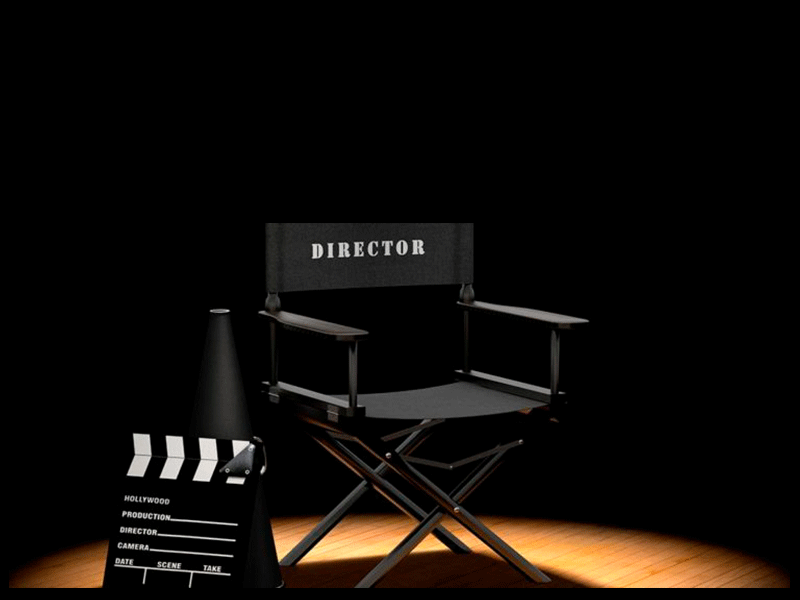There are different techniques to tell a story in the seventh art and the stop motion is one of them. This resource consists of manipulating static objects through a series of successive still images to make them appear to move.
Stop motion consists of small changes to a figure or a malleable material such as plasticine, paper or sand. It is a technique that requires a lot of patience because it takes time to capture the movement from one frame to the other. How does it work? Designers take a picture, then change the position of the figure, and then take another picture. The result is a set of frames that reproduced at high speed generates the illusion of movement.
This resource was born by chance in 1896 while one of the first film directors, Georges Méliès, was filming the streets of Paris and the camera accidentally jammed. Méliès fixed it and recorded again but the end result showed that the people and carriages in the video changed into each other as if by magic. Georges Méliès called this event stop action or stop motion.
Stop motion has two important historical trajectories. The first is the European tradition: films made by individual artists and children's television series, and the second one is in Hollywood, where they use this technique invisibly, i.e. for the visual effects of feature films.
What were the first films to use this technique? The House of Ghosts (1906) and The Electric Hotel (1908) were some of the innovative films to implement this resource. Later, in the 1930s, Willis O'Brien used stop motion in King Kong. Nowadays, it is a very popular technique, which has been seen in films such as Fantastic Mr. Fox, The Nightmare Before Christmas, and The Curse of the Were-Rabbit.
Stay tuned for more news!
